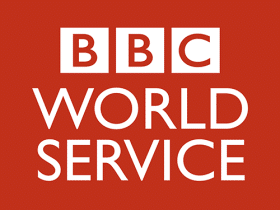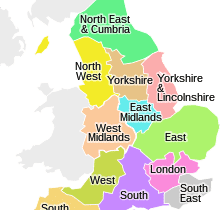 176.123.7.30
176.123.7.30
Watch Discovery Home & Health Live ( England)
TV Country : England
Watch Discovery Home & Health on the Website
Discovery Home & Health Streaming link Here
Discovery Home & Health IPTV : Not available
TV channel Discovery Home & Health description :
Discovery Home & Health is a dedicated lifestyle channel that provides viewers with a wide range of inspiring and entertaining content focused on home improvement, self-care, relationships, and overall well-being. From home renovation and interior design tips to fitness and nutrition advice, Discovery Home & Health offers a diverse lineup of programs that empower viewers to live their best lives. Whether you're looking for practical tips to enhance your living space or seeking guidance on achieving a healthier lifestyle, this channel has something for everyone. Tune in to Discovery Home & Health for a wealth of information, inspiration, and entertainment to help you thrive in all aspects of your life.








































































































































































